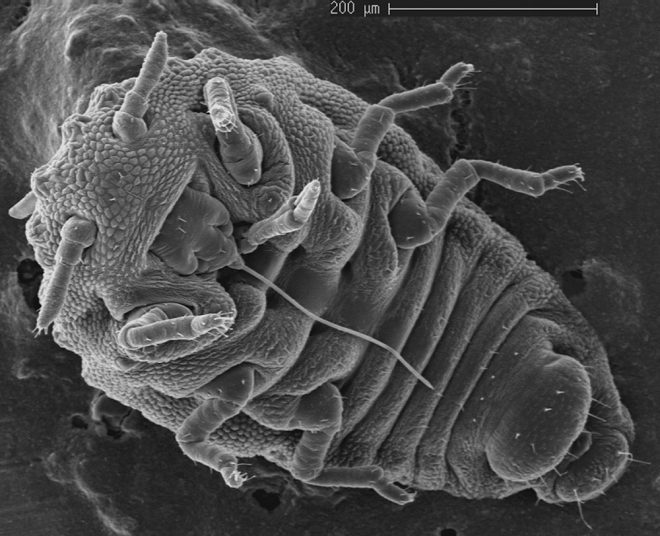Unfortunately, an article from the June edition of the Australian and New Zealand Grapegrower and Winemaker magazine titled ‘Phylloxera management plan’ (Page 47, Issue 641) contained factual errors. These were noticed by industry and Vinehealth Australia wrote to the editor to request a correction.
The article in question wrongly stated that there was a “new Phylloxera Infested Zone”. There is no new Phylloxera Infested Zone (PIZ) in Victoria or elsewhere in Australia. However, there has been a recent extension to the boundary of the existing Maroondah PIZ in Victoria arising from further detections inside this zone: https://vinehealth.com.au/media/Maroondah-PIZ-extension.pdf
The article was incorrect when it said the only states unaffected by phylloxera were the Northern Territory and Tasmania. Currently, the states that are phylloxera free (i.e. where phylloxera has not been detected) are South Australia, Western Australia, Northern Territory and Tasmania (they are Phylloxera Exclusion Zones – or PEZs).
The explanation that Queensland has an isolated case, where the incidents of spreading looked likely, was also incorrect. Phylloxera has not been detected in Queensland since 1967. As noted in the book by Wally Boehm titled The Phylloxera Fight (1996), phylloxera was found in Enoggera in 1910, Myrtletown in 1932 and at Banyo in 1967, where a single specimen was found. All these vineyards have since been removed. Queensland currently has a large inland PEZ, with the remainder of the state a Phylloxera Risk Zone (PRZ). There are no Phylloxera Infested Zones in Queensland as suggested and the article was wrong to indicate that phylloxera is likely to spread in Queensland.
Vinehealth Australia will keep you up to date on progress with the new Phylloxera Management Plan mentioned in the article, including how you can feed into the consultative process during the development of the plan.
